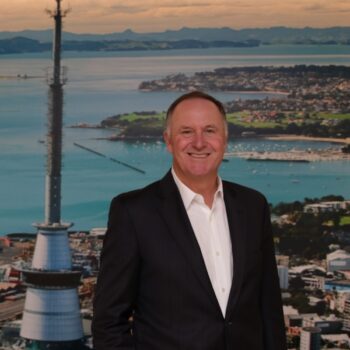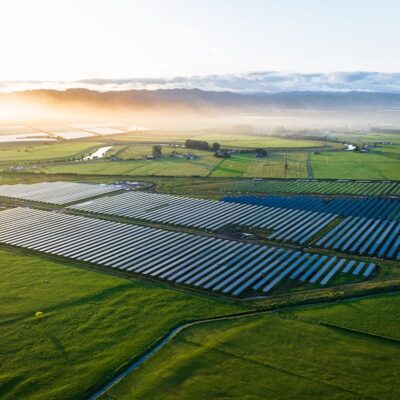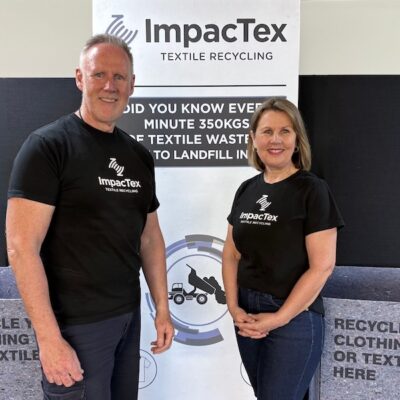Nailing sustainable design
Pictured above: Spaceworks design at Basker in Whitianga.
From bold beginnings to sustainable leadership, Lizzi Whaley’s journey with Spaceworks is one of resilience, purpose-driven design, and positive impact.
When Lizzi Whaley bought Spaceworks in 2006, she was a 28-year-old single mother living at home.
“I didn’t have any assets. So, I was very warmed by this person at the bank who was prepared to have this conversation with me on a daily basis about whether or not things stacked up for me to buy the business.”
After 30 days of daily calls and problem-solving walks, the bank finally said yes. “I bought it, and the rest as they say, is history.”
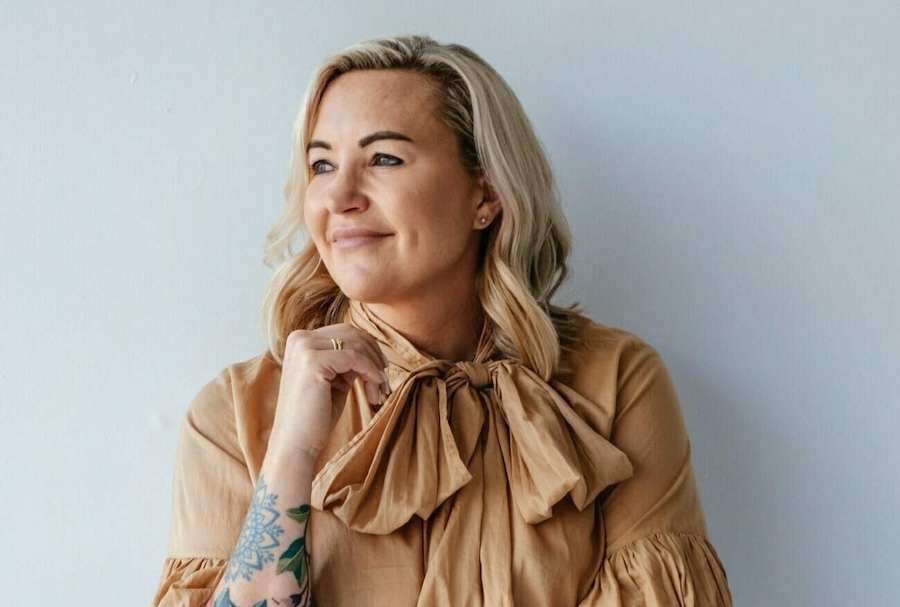
Today, Spaceworks is one of New Zealand’s leading interior design architecture firms – a multidisciplinary studio that designs retail, hospitality, office, aged care spaces nationwide, and so much more.
“While interior architecture is our trade, it’s not the thing that we’re best at. We’re problem solvers, and we use design as the calculator to create, and to solve space and design problems.”
Design with purpose
Founded in 2000, Lizzi says that Spaceworks has built its reputation on designing beautiful spaces – but most importantly, spaces that work and that have a return on investment
“Design is about people, and the emotive response that we aim to create for people in a space. That then drives a particular behaviour; whether it be retention or acquisition in the workplace, or a purchase in a retail store, or drives people in a hospitality environment to stay longer or to come back again. It is also an influencing factor when people buy in aged care villages for themselves or their family.
“To create a space that works, is not just about the aesthetics. Its so much more, and its impact when done well is long lasting.
“When we are designing a café space, we are not just talking to the chef about what they want to cook. Yes, you need to deliver a great product for people to eat, but you also need to ask: How many covers do you need? How do you want the space to perform? What do you want people to feel when they walk in? Do you want them to stay for half an hour-or three?”
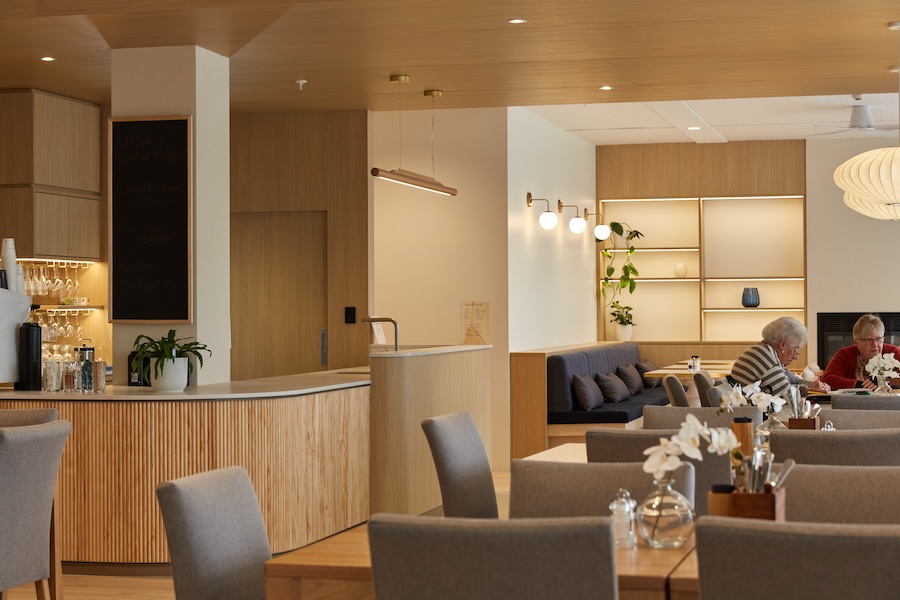
Liz says that it’s about design supporting the experience and business goals – for both the customer and the business. “Everything informs the people part. We’re not thinking about whether it’s going to win an award at the Best Awards… We think about how do you drive these different parts of the business and then bring it together with an aesthetic solution.”
Spaceworks isn’t just values-led – its values are front and centre in every decision. Lizzi says the company’s values form the CREATES: Creativity, Relationships, Excellence, Accountability, Trust, Energy and Sustainability.
Scaling, and the hard lessons
Spaceworks has grown to a team of around 16-18 people, though it has been larger in the past.
“We probably were at about 23 or 24 and have slid back to a number of between 16 to 18,” says Lizzi.
“At the moment, I think we’re in a good position and a good size for the next couple of years until the economy starts to move again.”
Scaling, Lizzi says, comes with real challenges.
“You employ the wrong staff member, you get a little bit too big, and they a little bit loose with some processes and practices. And you look around and that corner of the business has lost you hundreds of thousands of dollars.
“But sometimes, actually, something major is what then drives you to put those processes in place. The most significant changes in Spaceworks have always been driven by learnings and not wanting to experience that situation again.”
Spaceworks is also one of the few interior design firms in New Zealand leading the charge on sustainability – not just for new builds but for fit-outs, where waste is often overlooked.
“It was during the COVID-19 lockdowns that I realised the work we’ve created has had a massive impact on the environment,” Lizzi recalls.
Over 25 years and 2,000 projects, Spaceworks calculated its carbon impact as the equivalent of 20,000 flights from Auckland to London. And the waste to landfull its fit-outs had generated was the equivalent to 13,000 homes.
“You cannot shy away from that,” she says. “Thinking our impact was seemingly small, I realised that cumulatively our impact was significant.”
This realisation led to the development of Spaceworks’ in-house carbon calculator, which allows the team to design reduced-carbon fit-outs at no extra cost to clients.
“As an example. we did a 500m2 office not that long ago, and we reduced their carbon footprint from the equivalent of 100,000km in a car down to 50,000km. And it was just through some simple changes. It didn’t cost them any more money, and it didn’t take more time to achieve.”
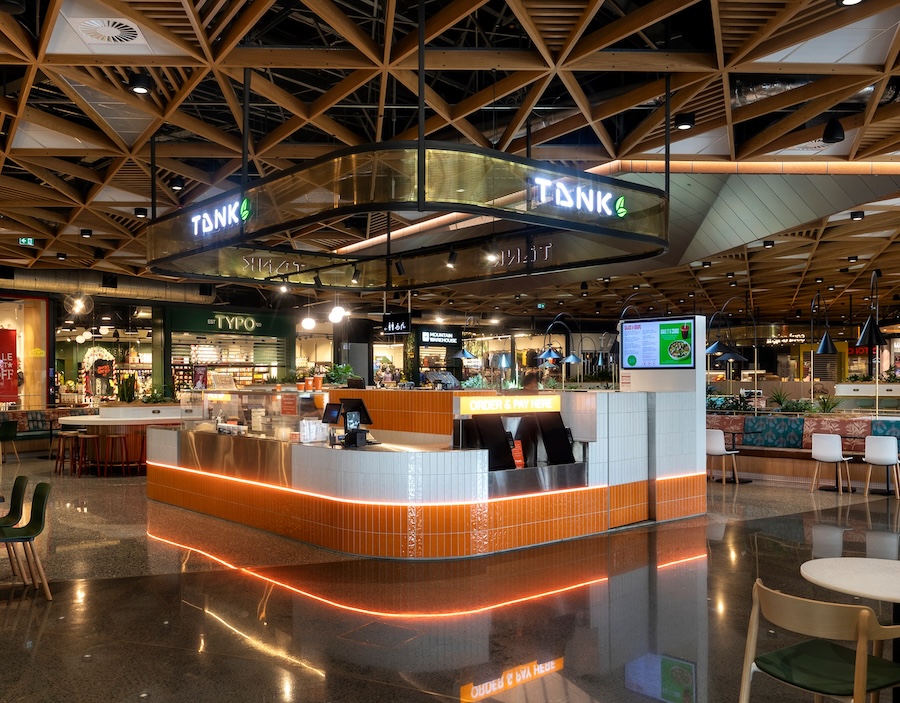
The return factor
Liz says that Spaceworks has one of the highest client retention rates in the industry, with 97 percent of its recent revenue coming from repeat business and clients that have been with them for years
“The moment someone becomes part of our network, we’re all in,” Lizzi says.
“Not for the sake of earning more money, but for the betterment of the project, their business and the betterment of the people that are impacted by it.”
The ultimate goal? Not awards or glossy magazine spreads, “just positive impact”.
“Our internal saying is, ‘if we’re getting a you nailed it, then that’s the success’. The ‘you nailed it’ either comes from the client or internally, and is what we live for. It’s what we get up for.”
While the market evolves and sustainability increases the agenda, Lizzi’s vision for Spaceworks remains clear.
“I’m excited about sustainability, even though the government’s dialled back a little bit. I still think that’s going to be a really key objective for us as a business. You don’t have to be a climate change supporter to know that its unsustainable for the construction sector to continue putting waste into landfill at 17,000 tonnes per day in NZ.
But more than anything, she’s excited about doing what Spaceworks does best, design spaces that work.
“I’m completely unemployable anywhere else,” Lizzi laughs. “I’m not going anywhere. Maybe here for the next 40 years.”



